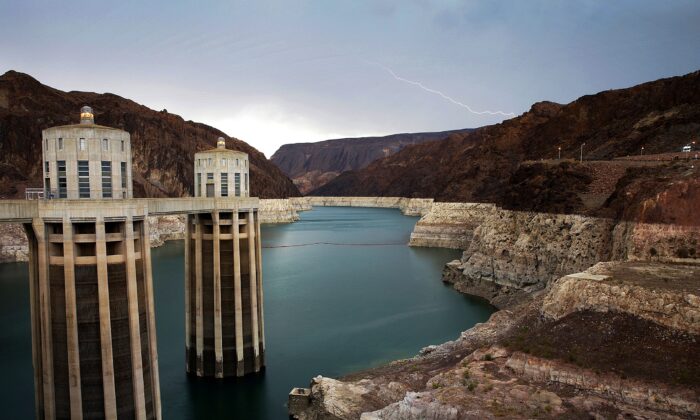Federal Government Suggests New Strategies for Colorado River System Management
The Colorado River region is divided into a Lower Basin, which includes Arizona, California, and Nevada, and an Upper Basin, which includes Colorado, New Mexico, Utah, and Wyoming. The two basins submitted separate plans for the river’s future and could not reach a unified agreement.
After the Basin states failed to reach a consensus, the federal government proposed several potential alternatives for the long-term management of the Colorado River System. Essential services like drinking water and electricity rely on the river.
According to a statement by the United States Department of the Interior on November 20, officials proposed five alternatives for replacing the 2007 Interim Guidelines to address potential water shortages before the current rules expire at the end of 2026.
In response to the lack of agreement, the federal government released its alternatives for analysis in a forthcoming draft environmental impact statement (EIS). Option one, suggested by the Department of the Interior, aims to protect critical infrastructure within current statutory authorities.
The proposed alternatives include water management strategies based on factors like lake elevations and storage levels in Lake Powell and Lake Mead. The alternative proposals reflect elements proposed by basin states, tribes, cooperating agencies, and non-governmental organizations to find a fair and robust framework for a Basin-wide agreement.
John Podesta, a senior climate policy adviser to the president, expressed support for the alternatives, emphasizing the importance of reaching consensus on a sustainable path forward for Colorado River Basin communities.



